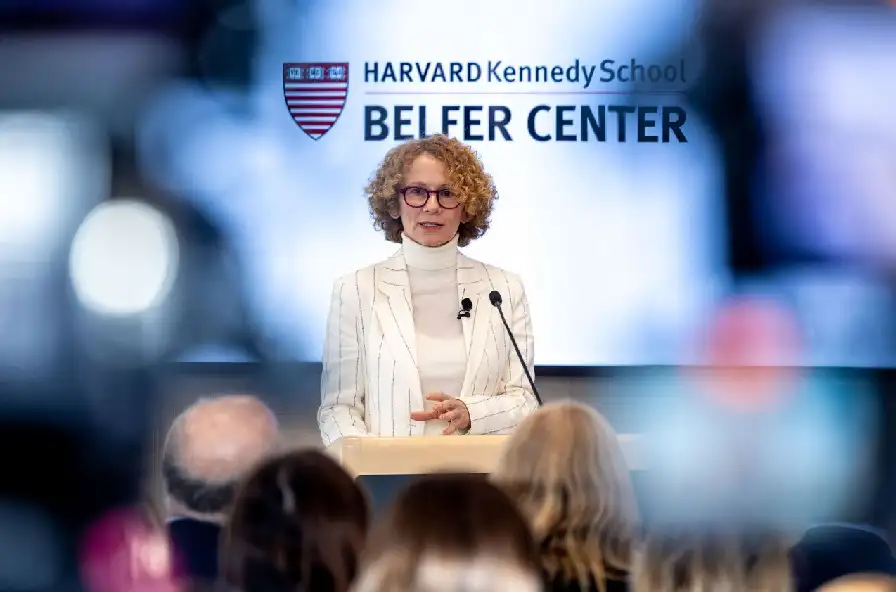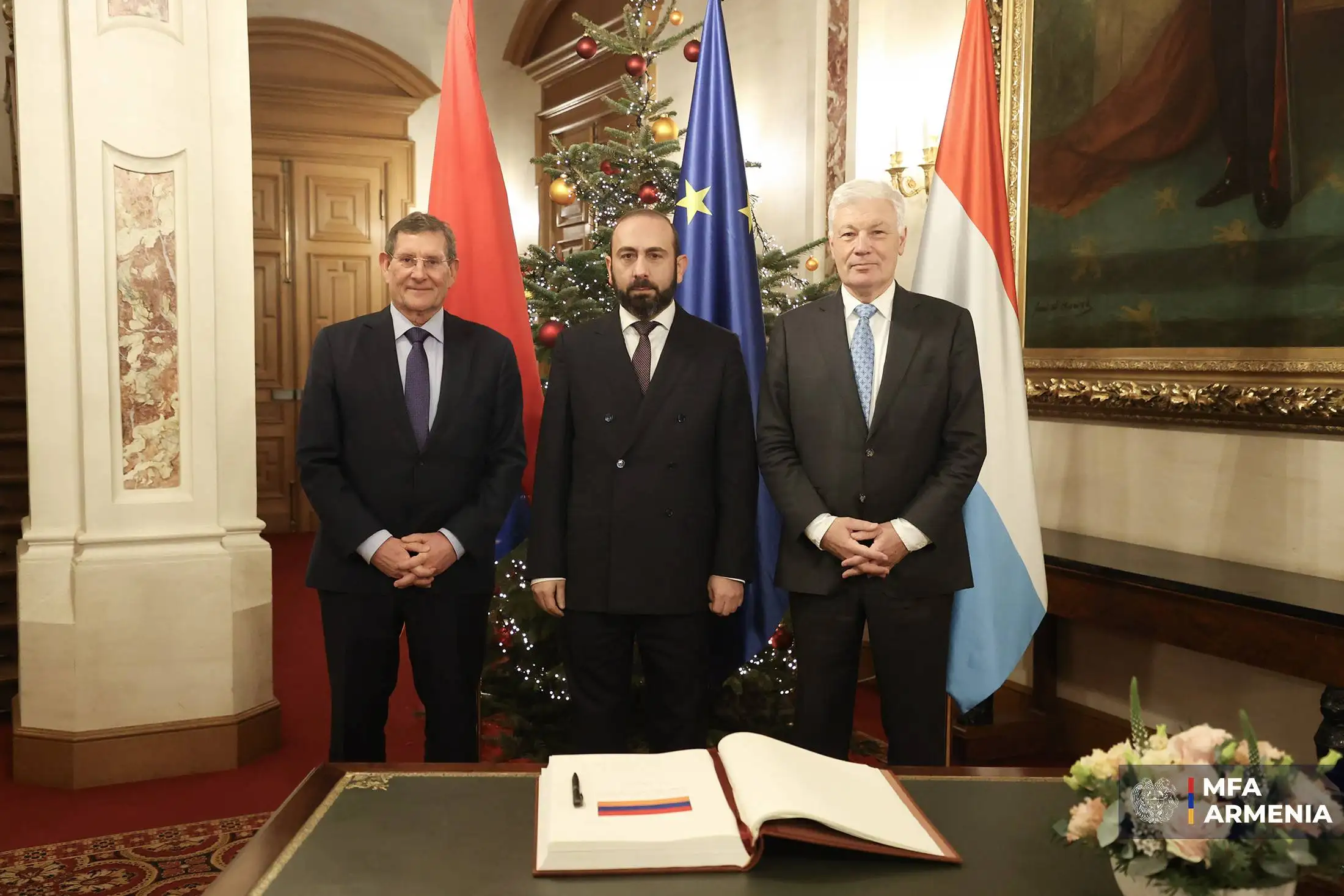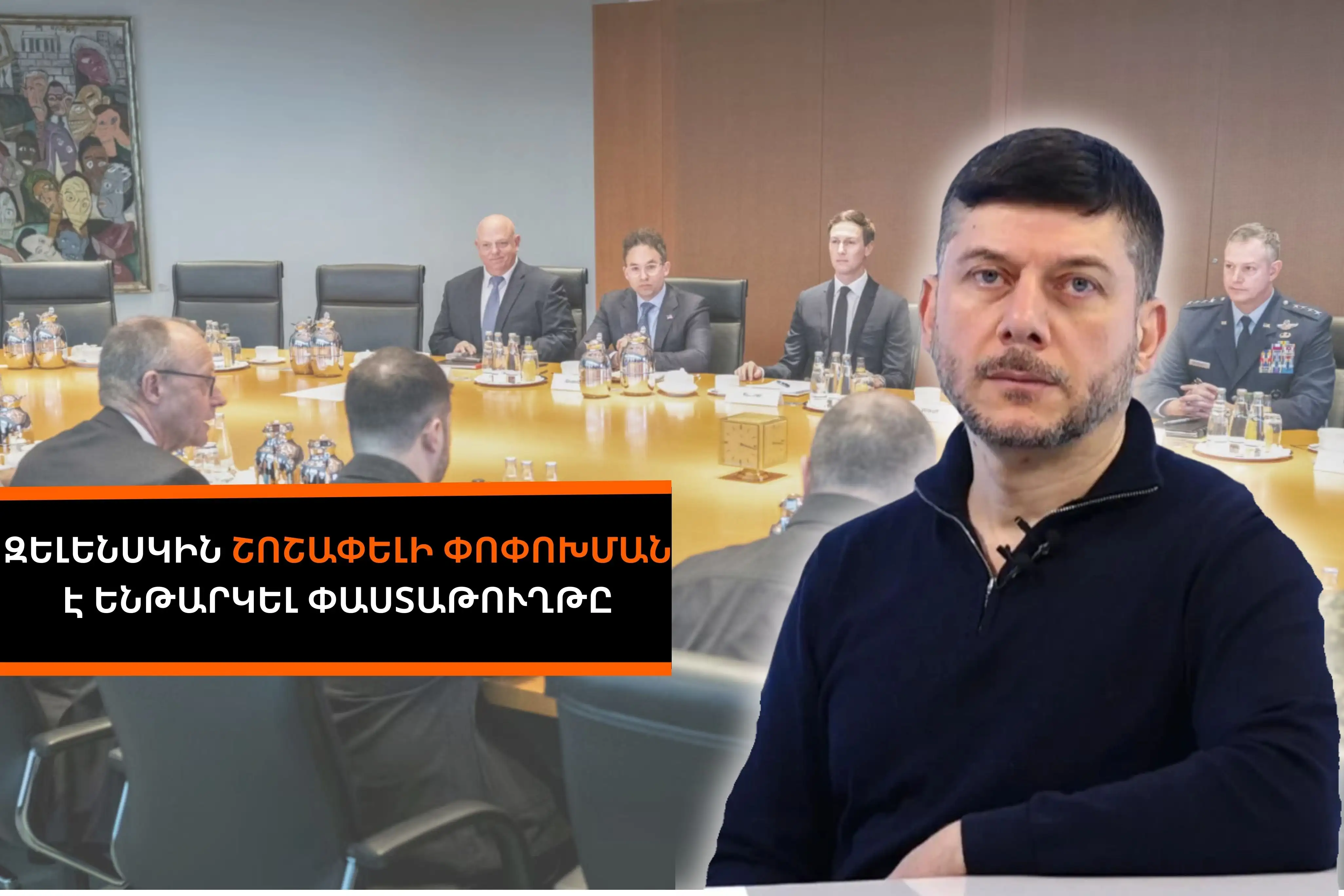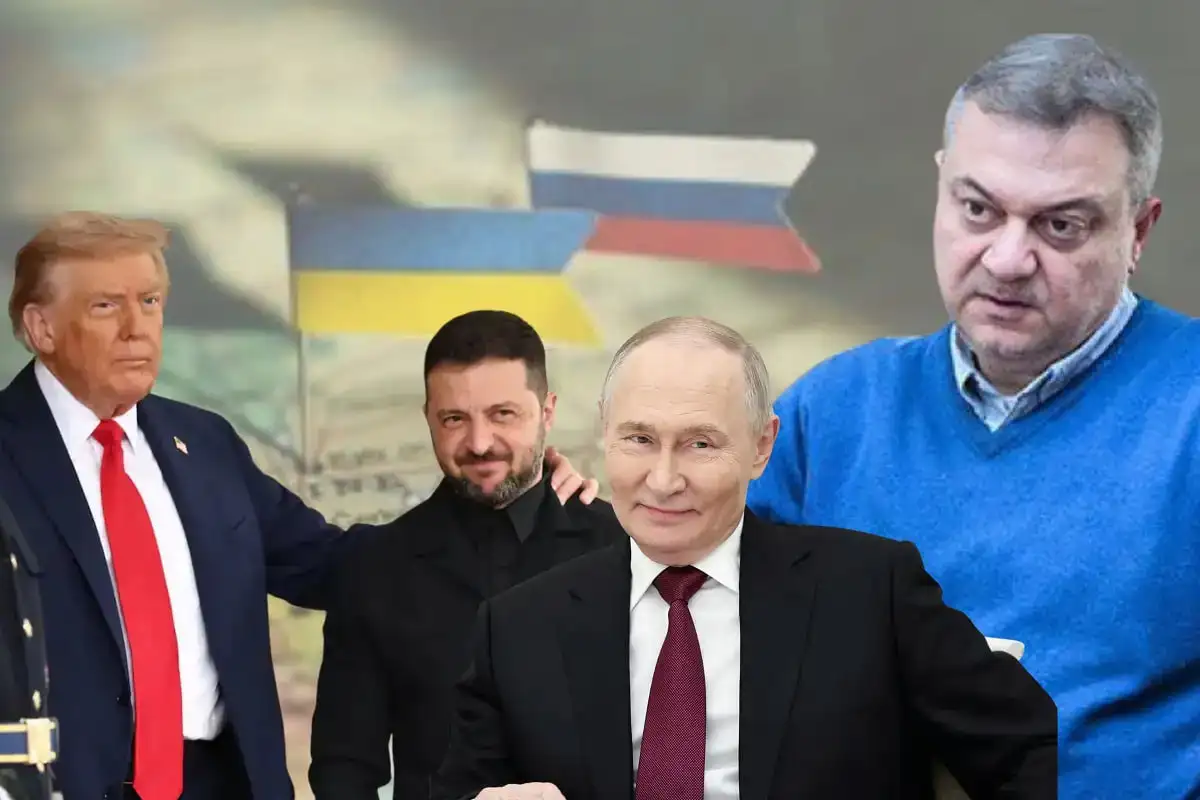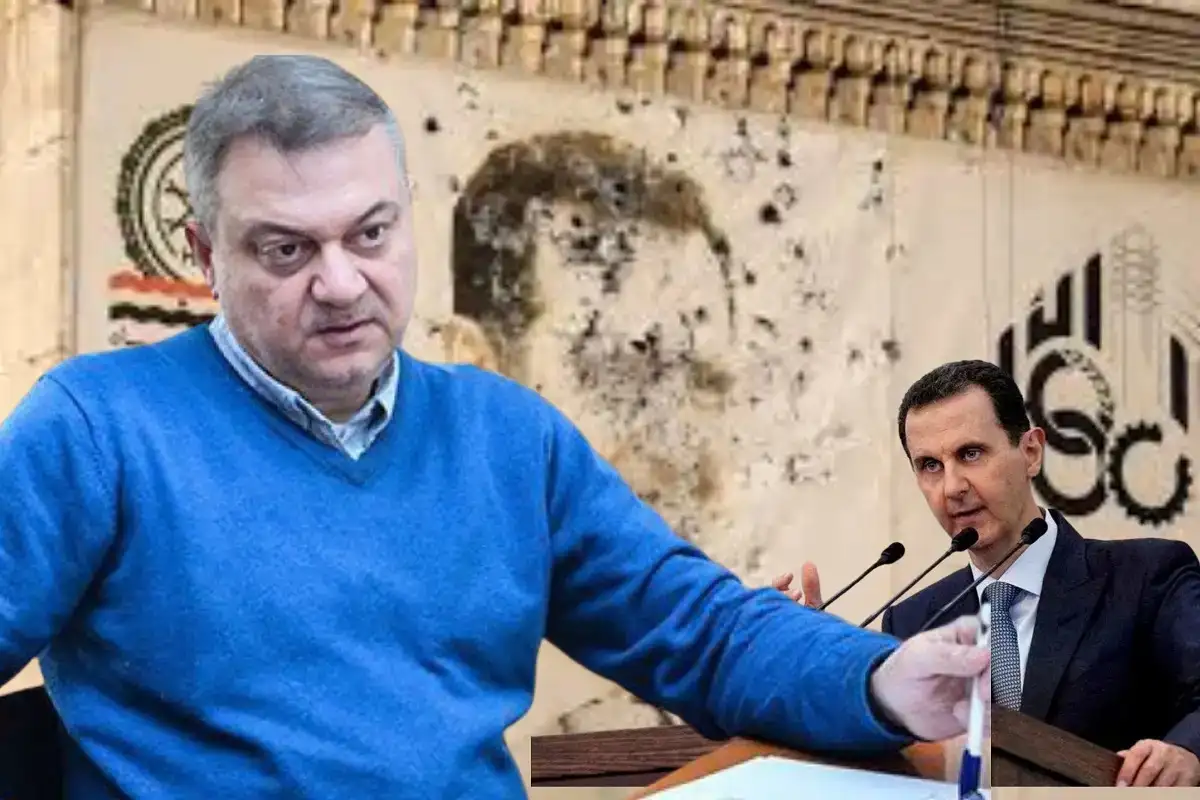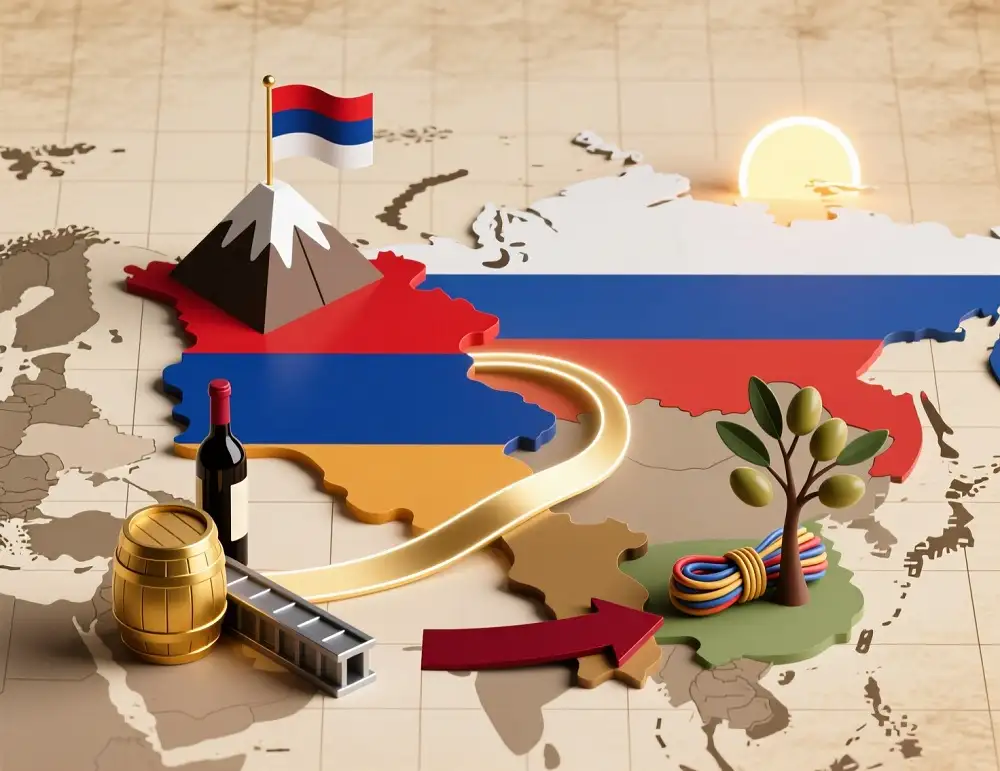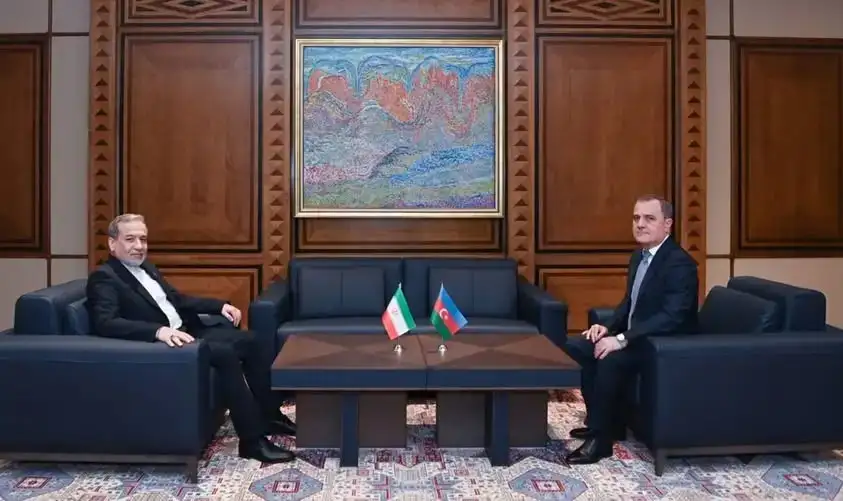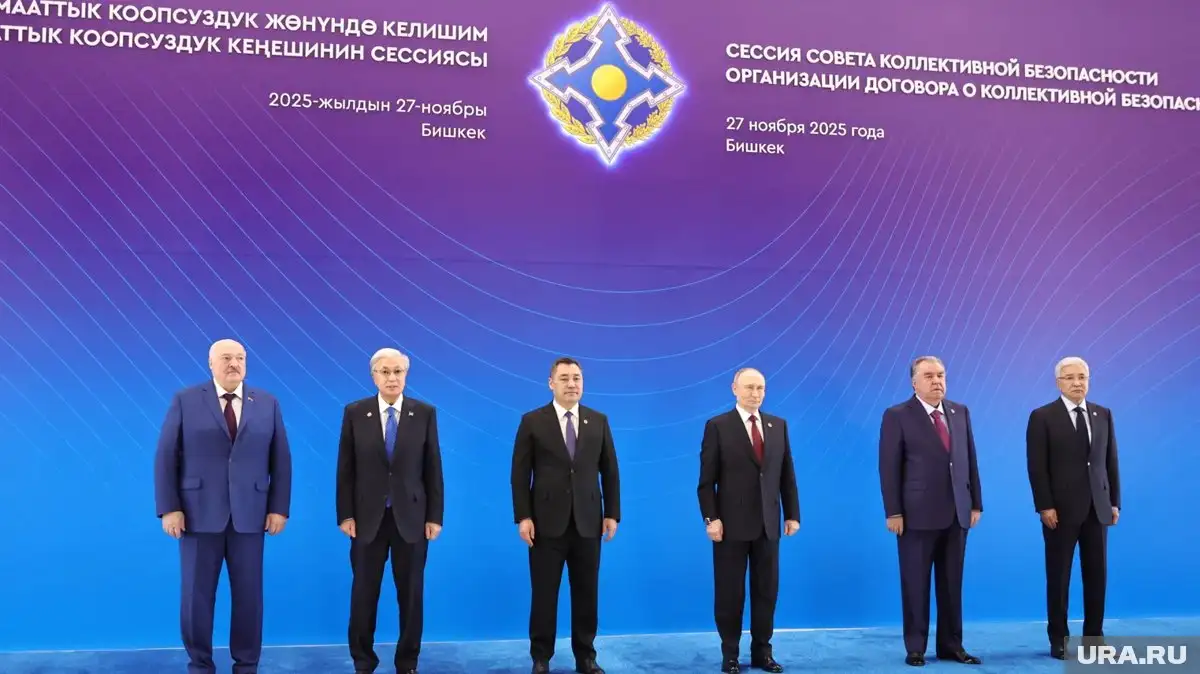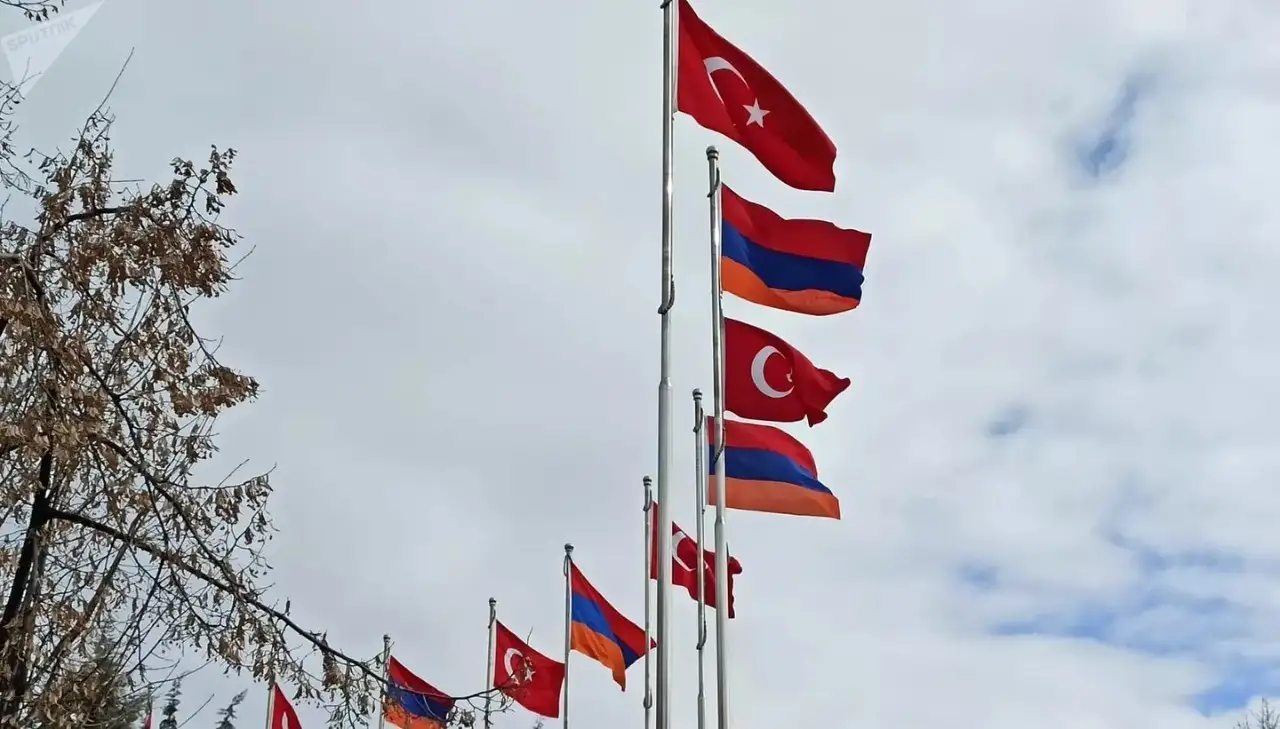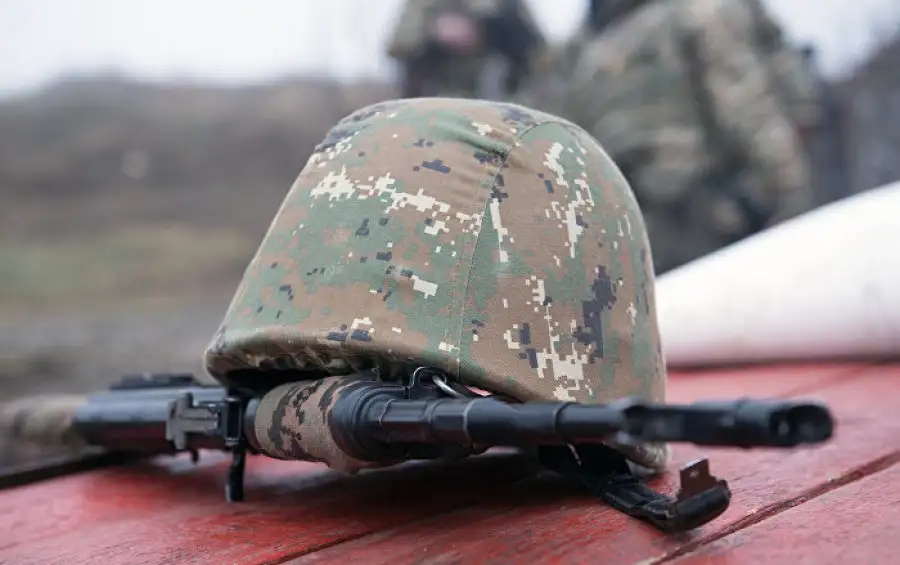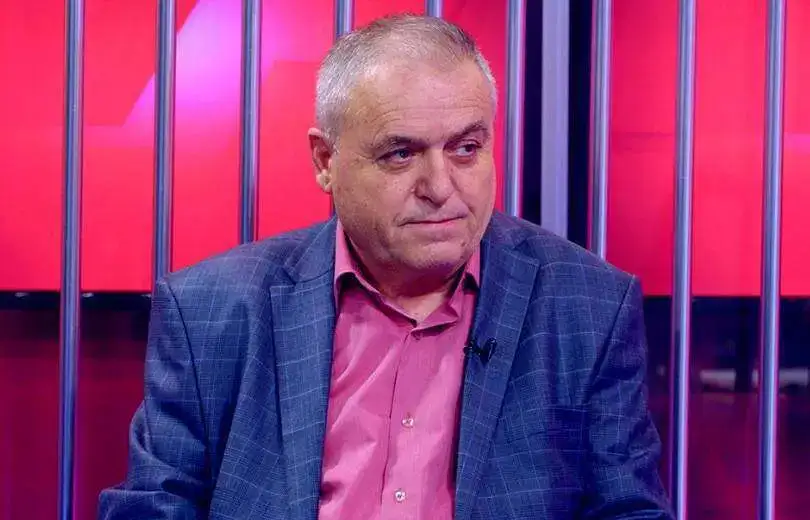Statements from Baku about the distinction and boundary between Armenia and Azerbaijan based on historical maps violate the commitment made in Prague and Sochi to carry out demarcation works between the two countries based on the UN Charter and the Alma-Ata Declaration. Armenian Foreign Minister Ararat Mirzoyan said this in an interview with "Armenpress."
In the interview, Mirzoyan also referred to the claims of the Azerbaijani side that Armenia refused to participate in the tripartite meeting in Brussels, talked about the preparations for the peace treaty, and assessed the current situation in the region.
Question - Azerbaijan announces that the Armenian side refused to participate in the tripartite meeting in Brussels. How will you interpret this fact?
Answer - During the quadrilateral meeting held in Prague, an agreement was reached regarding the next meeting. We will continue to follow this agreement and again express our willingness to organize a meeting between the Prime Minister of Armenia, the President of Azerbaijan, the President of France, and the President of the European Council within acceptable terms. The meeting held in Prague in this format was quite effective and essential in the context of the process of normalization of relations between Armenia and Azerbaijan. The Armenian side, as before, is interested in regulating relations.
Question: Baku is again voicing the thesis about carrying out the demarcation process based on historical maps. What is the position of Yerevan in this regard?
Answer - Such statements violate the commitment made in Prague and Sochi to carry out demarcation works between the two countries based on the UN Charter and the Alma-Ata Declaration.
Within the framework of this commitment, the demarcation works must be carried out based on the legal acts that existed at the time of the collapse of the USSR in 1991 and had legal force and significance and based on the official documents of the structures that have the proper authority to carry out mapping, make maps and publish maps as of the same date. To speak of historical maps, the definition and content must be clarified.
It should also be emphasized the danger of the general rhetoric of historical maps for the independence of our countries because if we focus on historical maps, it may turn out that the territories of both the Republic of Armenia and, even more so, the Republic of Azerbaijan have been the territories of other states for centuries.
I want to point out one more situation for you in this context. Even though the results of both the Sochi meeting on November 26, 2021, and the Brussels meeting on April 6, 2022, reached an agreement that the creation of the commissions primarily aims at border security, after the creation of the respective commissions in September 2022, new aggression was carried out against the Republic of Armenia. Azerbaijan occupied new territories, which calls into question not only Baku's desire to respect agreements and international law but also its intentions toward the work of these commissions in general.
Question: The President of Azerbaijan claims that Armenia has recognized the territorial integrity of Azerbaijan.
Answer: We have addressed this question many times. But in his speeches, constantly mentioning that Armenia recognized the territorial integrity of Azerbaijan, the President of Azerbaijan never once said that Azerbaijan also recognized the territorial integrity of Armenia. Do this fact and the mention of various "historical" maps mean that Azerbaijan does not recognize the territorial integrity of Armenia and has ambitions for the territories of the Republic of Armenia?
The President of Azerbaijan also states that peace has been established around his country, and there is no danger of escalation. In response to another question, he says there will be no peace if Armenia does not sign the peace treaty. This means that the responsibility of any possible escalation is taken by the president of Azerbaijan from this point on, especially since Armenia is fully involved in substantive discussions of peace establishment.
Question: How would you assess the ongoing work preparing the peace agreement?
Answer - As you know, we have submitted our proposals to Azerbaijan regarding the settlement of relations or the draft peace treaty, and we only received their responses yesterday. So the discussions are ongoing. We hope to reach an agreement on this issue as soon as possible, and the mediation efforts of our international partners can also play an essential role in this process.
Question - Azerbaijan also states that Armenia refuses to provide accurate maps of minefields and continues to place new mines in the regions adjacent to Nagorno-Karabakh, resulting in many casualties. How will you interpret it?
Answer - The Republic of Armenia has unilaterally transferred all the minefield maps to Azerbaijan, despite the lack of such a commitment within the framework of tripartite agreements and international law. Moreover, we are willing to cooperate with international partners to support decoding the transferred maps.
At the same time, I consider it necessary to emphasize that mines were placed in Nagorno-Karabakh and neighboring regions during the first Karabakh war. This was mainly carried out by Azerbaijan, which controlled these areas during the first war. Calls for cooperation from the Armenian side remained unanswered, and Azerbaijan created obstacles to implementing demining works by all means. In 2017, Azerbaijan even blocked the OSCE office's activity in Yerevan due to the manipulation of the question of assisting Armenia in this field.
2019 of the International Committee of the Red Cross it is recorded in the report that during their mission, 747 people became victims of mines in Nagorno Karabakh, 59 percent of whom were civilians, and this is if the authorities of Nagorno Karabakh started calculating the number of victims from mine explosions only since 2004.
Regarding Azerbaijan's publications that the Armenian side has placed Armenian-made mines in Nagorno-Karabakh, I must record that the Azerbaijani side did not find the displayed mines in Nagorno-Karabakh, but in the sovereign territories of the Republic of Armenia occupied by it in 2021-22 and are now testing them. Use for promotional purposes. We do not deny that the RA Armed Forces carry out mine-laying works in the sovereign territory of Armenia due to the constantly high risk of new military aggressions by Azerbaijan, which we witnessed in 2021. in May and November, as well as in 2022. in September.
During this period, Azerbaijan also carried out similar aggressive actions in Nagorno-Karabakh, particularly in February and August of this year, thus proving that the population of Nagorno-Karabakh needs self-defense forces in order not to undergo ethnic cleansing. As for the accusations from Azerbaijan that units of the RA Armed Forces continue to be stationed in Nagorno-Karabakh, this also does not correspond to reality. To verify the authenticity of our claim, Prime Minister Pashinyan even offered to send an international fact-finding mission to Nagorno-Karabakh, which Azerbaijani President Aliyev rejected.
Question: How do you generally assess the current situation in the region?
Answer: Despite the ongoing negotiations in different directions, Azerbaijan's extremist and bellicose statements, groundless accusations against the Armenian side, and threats to use force do not stop. In addition, the Azerbaijani armed forces continue to be located in the sovereign territory of the Republic of Armenia, and periodically provocative military actions take place on the part of Azerbaijan.
Combining these facts shows that the situation remains extremely tense. All our international partners must make additional efforts to curb Azerbaijan's ambitions and preserve the fragile peace in the South Caucasus.
The Armenian side, as before, is ready to make all efforts to find mutually acceptable solutions and to establish a long-term and stable peace in the region.









